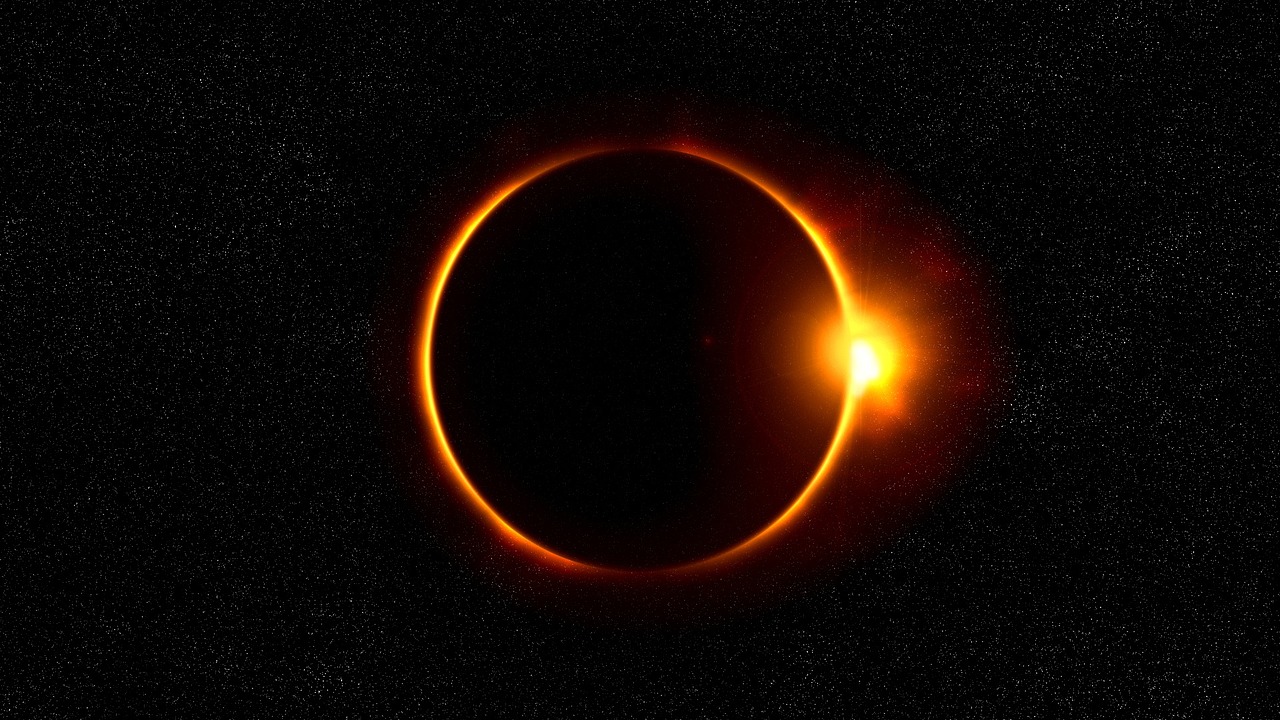Ring of Fire Solar Eclipse Will Temporarily Halt Panel Solar Systems on the West Coast
Parts of America will witness a rare event this weekend, with a solar eclipse set to move through the skies over Oregon, Utah, California, Nevada, New Mexico, Colorado, Arizona, and Texas. What is essentially a shadow moving at 6,000 miles per hour will obscure the sun for around five to six minutes, temporarily interfering with solar panels throughout these states. We won’t see the eclipse here on the East Coast, but it’s a good chance to learn about what happens with panel solar production when these events occur. Will the solar grid shut down completely? Let’s have a look at the details and find out.
What is the Ring of Fire Solar Eclipse?
Although it’s known as an annular eclipse, the Ring of Fire solar eclipse doesn’t occur every year. The last time this was seen was eleven years ago, although there have been other eclipse events since then.
The name comes from the way the eclipse appears. The new moon will be in the path of the sun for this eclipse. It will partially obscure the sun’s disc in the sky, making it appear dark in the center. It will only be visible for a few minutes as it moves through the southwest.
What makes this different from a total eclipse is that the moon will be farther away from the earth, so its shadow will be smaller.
Will the Eclipse Affect Panel Solar Production?
Solar production throughout the path of the eclipse will be affected. The observable event will start at around 9:15AM Saturday (Pacific Time) and will last around ten minutes. It will be observable in Texas at around 12:00PM Saturday (Central Time). Although it will only last around ten minutes throughout all the observable locations, it will have a notable impact on solar energy production.
It’s estimated that the event will cut almost 29,000 megawatts of solar energy production as it passes through the skies.
It will be one of the largest tests ever for grid operators. Power loads will need to be carefully balanced during the event, as there will be a spike of demand for other sources outside of solar. Grid operators have indicated that they are prepared for the event and have called it an important test run for a total solar eclipse that will occur in 2024.
It’s a Good Reminder of Why Solar Batteries are So Important
We’re not going to see any impact of this on the East Coast, so if you have solar power on Long Island, you don’t need to worry. Even if we were affected, there are ways that you can ensure rooftop panel solar reliability.
Solar battery backup systems integrate with rooftop panels. They store electricity while the sun is shining, which can then be deployed as a backup. This type of system can provide benefits.
- During the day when a Long Island solar installation is working, the battery will charge and then remain idle.
- If the grid goes down, the home can isolate and will still have electricity from the panels/battery system.
- In the evenings when rates are higher and solar panels are off, homeowners can deploy battery electricity to reduce grid demand.
If you already have a Long Island solar installation, you could retrofit a battery system with Long Island Power Solutions. If you’re still considering solar power on Long Island, a battery could be included in your estimate and energy savings evaluation.
Not every home needs a solar battery, so it’s important to get a detailed estimate and cost/benefit analysis. Long Island Power Solutions will provide all the data so that you can make an informed decision.
Ready for Your Solar Estimate?
We’ll miss the eclipse but it’s a great time to consider solar for your home. You can get your free Long Island solar estimate for a rooftop panel solar system today. Learn if solar is right for your home and see what you could save with a reliable clean energy solution.




